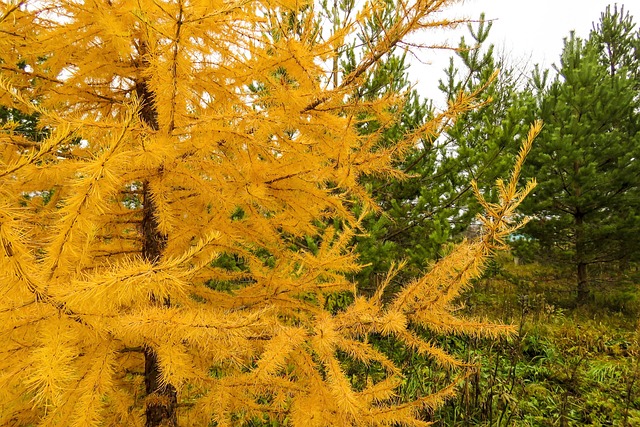
It’s easy to categorize trees, isn’t it?
Deciduous trees lose their leaves in the autumn. Coniferous trees bear cones and keep their needles throughout the year. It’s simple to tell them apart.
Case closed, right?
But what about the larch tree? It bears cones and has needles like a conifer, but the needles drop off each autumn like a deciduous tree.
So which is it, coniferous or deciduous?
The answer to this mystery is that it’s both at once. The larch tree is actually a “deciduous conifer.”
Larches fall into a special third category of tree. It’s a member of the pine family, and yet its wood is harder than pine wood; it’s more like the hardwood of deciduous trees. It has needles like a conifer, but they turn a golden yellow each autumn and drop off, like the leaves of a deciduous tree.
Larches are a rare combination of deciduous and coniferous, unique trees with characteristics of both.
You could say that larches are two things at the same time.
In the same way, you could say that Jesus was two things at once. Just as the larch is one tree with two natures, Jesus was one being with dual natures: both God and human.
Read more







